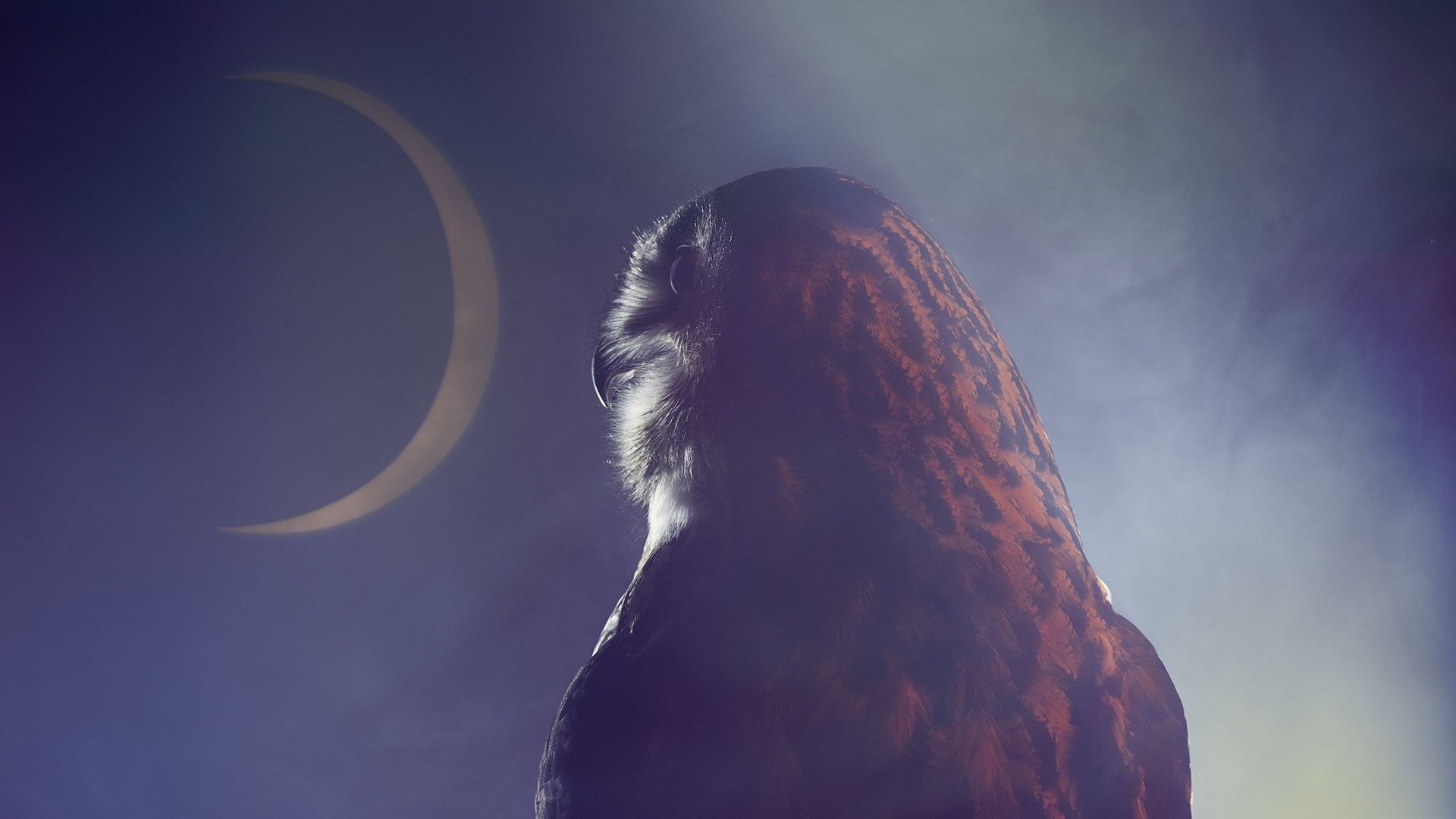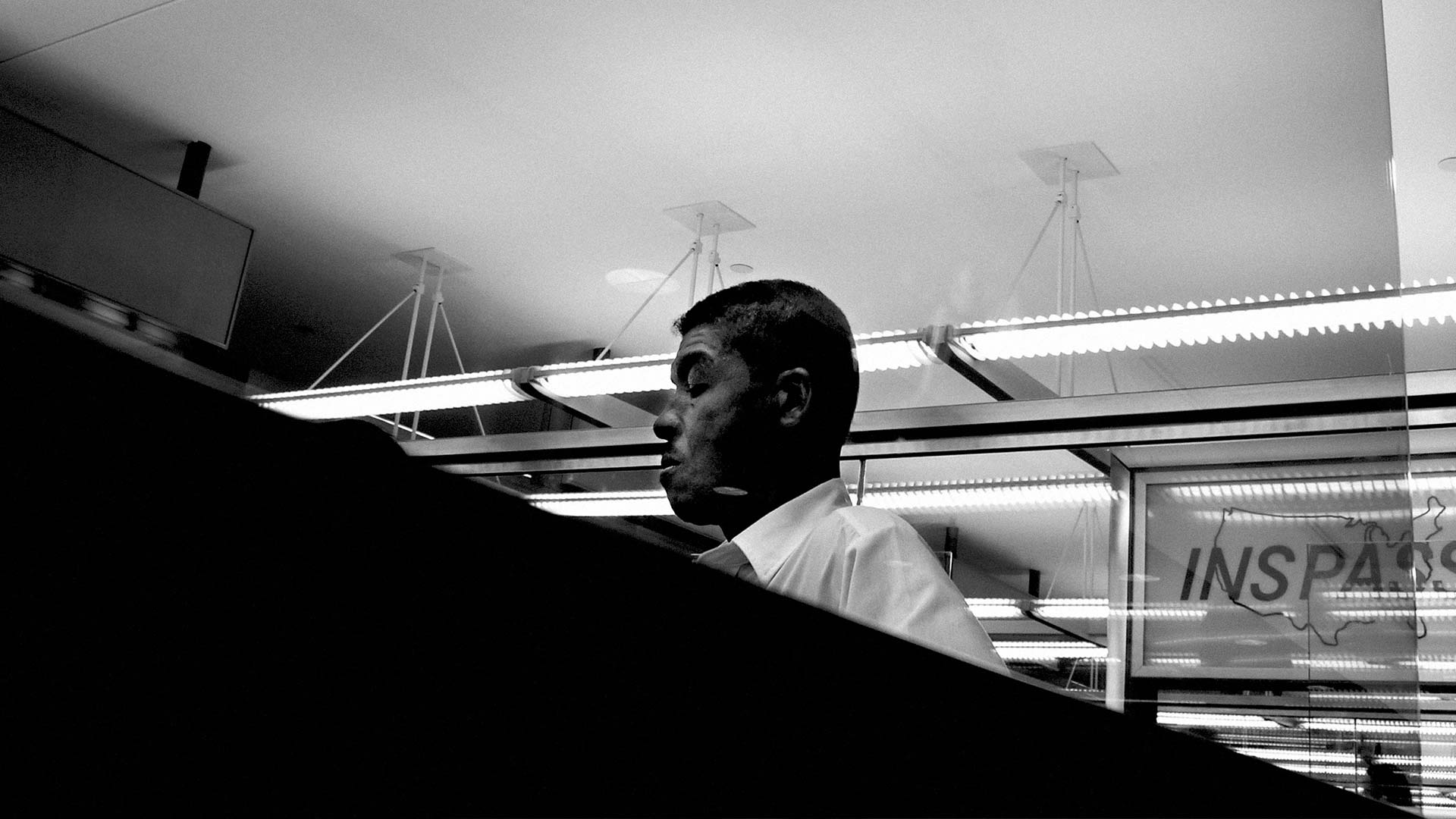Early August. I am lying in a hammock on the veranda of our summerhouse on a small island in Maine, musing on mortality. A hundred years from now, I’ll be gone, but many of these spruces and cedars will still be here. The wind going through them will sound like a distant waterfall. The curve of the land will be the same as it is now. The paths that I wander may still be here, although probably covered with new vegetation. The rocks and ledges on the shore will be here, including a particular ledge I’m quite fond of, shaped like the knuckled back of a large animal. Sometimes I sit on that ledge and wonder whether it will remember me. Even my house might still be here, or at least the concrete posts of its footing, crumbling in the salt air. But eventually, of course, even this island will shift and change and dissolve. Nothing persists in the material world. All of it changes and passes away. That said, I think that the distinction between life and death may be overrated. I have come to believe that death occurs gradually, through the diminishing of consciousness. Let me explain. According to the scientific view, we are made of material atoms, and nothing but material atoms. To be precise, the average human being consists of about 7 × 1027 atoms (seven thousand trillion trillion atoms)—65 percent oxygen, 18 percent carbon, 10 percent hydrogen, 3 percent nitrogen, 1.4 percent calcium, 1.1 percent phosphorus, and a smattering of fifty-four other chemical elements. The totality of our tissues and muscles and organs is composed of these atoms. According to the scientific view, there is nothing else. To a vast cosmic being, each of us human beings would appear to be an assemblage of atoms, humming with our various electrical and chemical energies. To be sure, it is a special assemblage. A rock does not behave like a person. But the mental sensations we experience as consciousness and thought, according to science, are purely material consequences of the electrical and chemical interactions between neurons, which in turn are simply assemblages of atoms. And when we die, this special assemblage disassembles. Particularly special in these considerations is the brain. In the view of science, the brain is where our self-awareness originates, our memories are stored, our elusive ego and “I-ness” are formed. Neuroscientists have studied the brain in great detail. Much is known. Much remains unknown. But the materiality of the organ is not in doubt. There is good evidence that the processing and storage of information is done by the brain cells called neurons. There are about a hundred billion neurons in the average human brain, and each neuron is connected by long filaments to between a thousand and ten thousand other neurons. The electrical and chemical components of these neurons are largely understood. Despite the known material nature of the brain, the sensation of consciousness is so powerful and compelling, so fundamental to our being and yet so difficult to describe, that we endow ourselves and other human beings with a mystical quality, some magnificent and nonmaterial essence that blooms far larger than any collection of atoms. To some, that mystical thing is the soul. To some, it is the Self. To others, it is consciousness. I do not mean to diminish the brain in any way by affirming its materiality. The human brain is capable of all the wondrous feats of imagination and self-reflection and thought that we ascribe to our highest existence. But I do claim that it’s all atoms and molecules. If our giant cosmic being examined a human brain in detail, He/She/It would see fluids flowing, sodium and potassium gates opening and closing as electricity races through nerve cells, acetylcholine molecules migrating between synapses. But He/She/It would not find a Self. “Self” and “consciousness” are, I think, names we give to the sensations produced by all those electrical and chemical flows. The existence of anything beyond these sensations is, I think, an illusion. If someone began disassembling my brain one neuron at a time, depending on where the process began I might lose first a few motor skills, then some memories, then perhaps the ability to find particular words to make sentences, the ability to recognize faces, the ability to know where I was. During this slow taking-apart of my brain, I would become more and more disoriented. Everything I associate with my ego and my Self would gradually dissolve away into a bog of confusion and minimal existence. The doctors in their blue and green scrubs could drop the removed neurons, one by one, into a metal bowl. Each a tiny gray gelatinous blob. Stringy with axons and dendrites. Soft, so you would not hear the little thud as each plopped in the bowl. Likewise, the same doctors could create consciousness by building a brain from scratch, one neuron at a time, delicately arranging the connections between neurons. The doctors might connect some of the neurons to a device that monitored their combined electrical activity. Neuron by neuron, connection by connection. At first, there would simply be noise. But at some point, presumably, a change would occur, a coherent signal, an unusual hum that would translate, roughly, into “Yikes, something is messing with me.” If we conceive of death as nothingness, we cannot imagine it. But if we conceive of death as the complete loss of consciousness, a view supported by the understanding of the body as an arrangement of material atoms, then we approach death in gradual stages as consciousness fades and dissolves. The distinction between life and death would no longer be an all-or-nothing proposition. The neuroscientist Antonio Damasio has defined different levels of consciousness. The lowest level, his “protoself,” is related to an organism’s ability to carry out the most basic processes of life, but nothing else. An amoeba has a protoself. I would not associate this level of existence with consciousness. Almost certainly, thought and self-awareness require a minimum number of neurons, well beyond the stuff of an amoeba. Next comes “core consciousness.” It is self-awareness and the ability to think and reason in the present moment, but without memories extending earlier than a few minutes into the past. Such an organism, far above an amoeba, might be able to have an understanding of the world around it and of its place in that world, but it would exist only in the present. People with certain brain disorders have only core consciousness. They cannot form new memories that last more than a few minutes. They cannot recall the people they loved and who loved them. The highest level of consciousness is “extended consciousness,” which all healthy human beings possess. Here, we can remember most of our past as well as function completely in the present. We can remember our view of the world based on past experiences, we can remember our value system as grounded in those experiences, we can remember what we like and don’t like, places we’ve been and people we’ve met. Self-identity, as most psychologists understand it, probably requires extended consciousness—that is, long-term memory. The slow dismantling of a human brain, whether by my imaginary doctors in their scrubs or by the deterioration of the brain in neural disease, might proceed from extended consciousness to core consciousness to the protoself. Or perhaps it might proceed in a less orderly manner, by removing chunks of extended consciousness and core consciousness here and there until nothing is left but the protoself. However it proceeds, one begins with full consciousness and ends with an amoeba-like existence, alive only by the biologists’ formal definition of the word. One begins with a full life and ends with death, or the equivalent of death. And this process can happen gradually, so that there may be some awareness of the increasing loss of awareness. Personal accounts of early dementia provide the best knowledge we have of approaching death in this manner. Some of my own loved ones have gone through various forms of dementia. In its early stages, enough of the mind remains to understand and articulate what is happening. In later stages, the reporter has slipped and disappeared into the abyss of confusion. Somewhere in that intermediate nether zone, the sense of self dissolves and is gone. From a scientific point of view, I cannot believe anything other than what I have laid out above. But I am not satisfied with that picture. In my mind, I can still see my mother dancing to the bossa nova as she often did, giving her hips a jaunty shake with the beat. I can hear my father saying, on a sailing trip we took together: “This is what happiness is.” I often wonder: Where are they now, my deceased mother and father? I know the materialist explanation, but that does nothing to relieve my longing for them, or soften the impossible truth that they do not exist. I am alive. And I am enjoying it, aching joints and all. Despite my belief that I am only a collection of atoms, I am content with the illusion of life. I’ll take it. And I find a pleasure in knowing that a hundred years from now, even a thousand years from now, some of my atoms will remain on this small island in Maine. Those atoms will not know where they came from, but they will have been mine. Some of them will once have been part of the memory of my mother dancing the bossa nova. Some will once have been part of the memory of the vinegary smell of my first apartment. Some will once have been part of my hand. If I could label each of my atoms as I lie in this hammock, imprint each with my Social Security number, someone could follow them for the next thousand years as they floated in air, mixed with the soil, became part of particular plants and trees, dissolved in the ocean and then floated again to the air. Some will undoubtedly become parts of other people, particular people. Some will become parts of other lives, other memories. And some, after that long journey, will return to this island.
我們將進行通訊系統升級,請在此登記Aesop香港官方WhatsApp,以保障資料安全並享個人化服務。了解更多
購物車
容量
數量
我們提供產品寄送服務範圍包括中國香港特別行政區與中國澳門特別行政區。
所有價格均以港幣計算
小計


